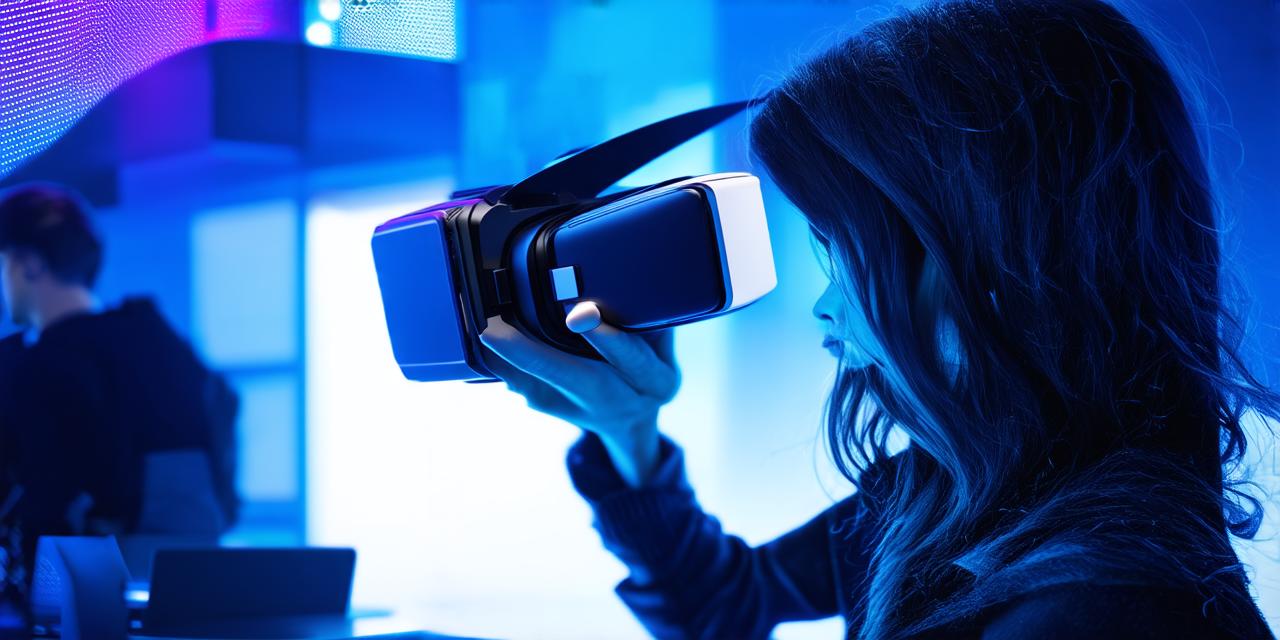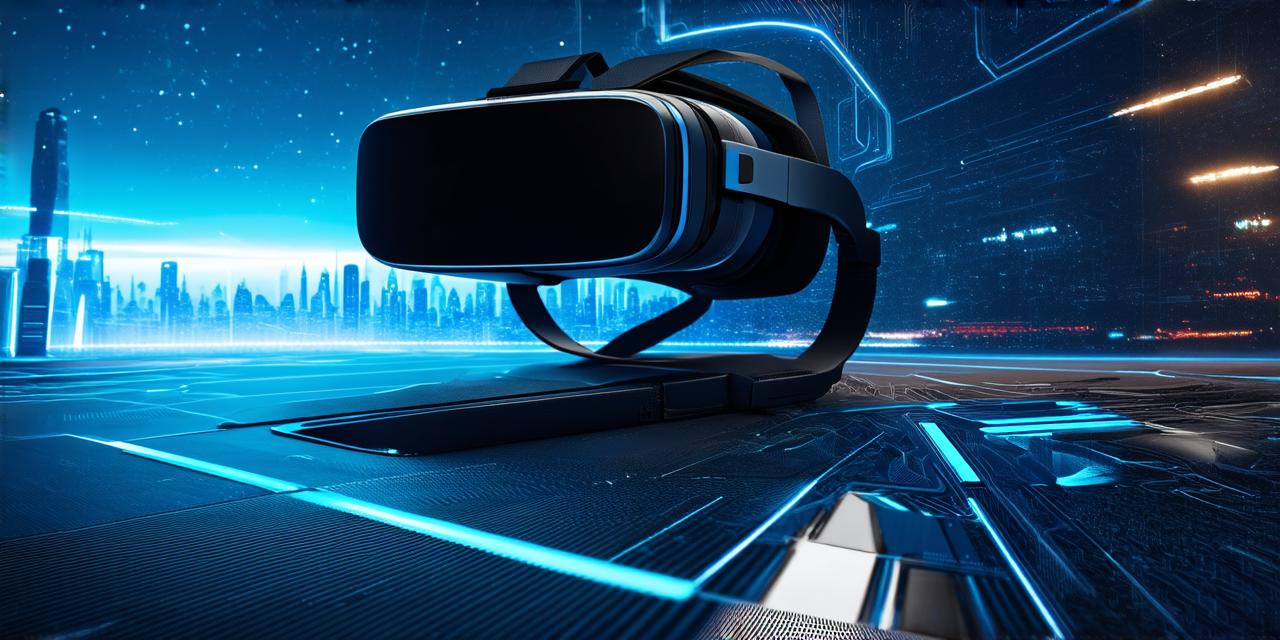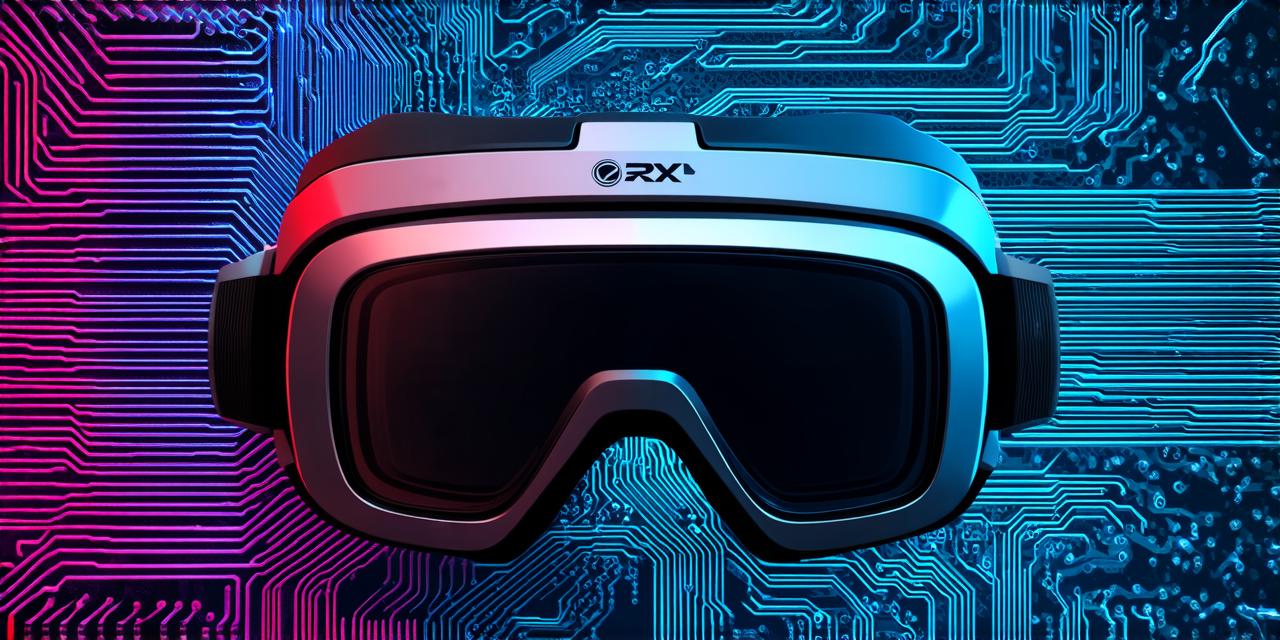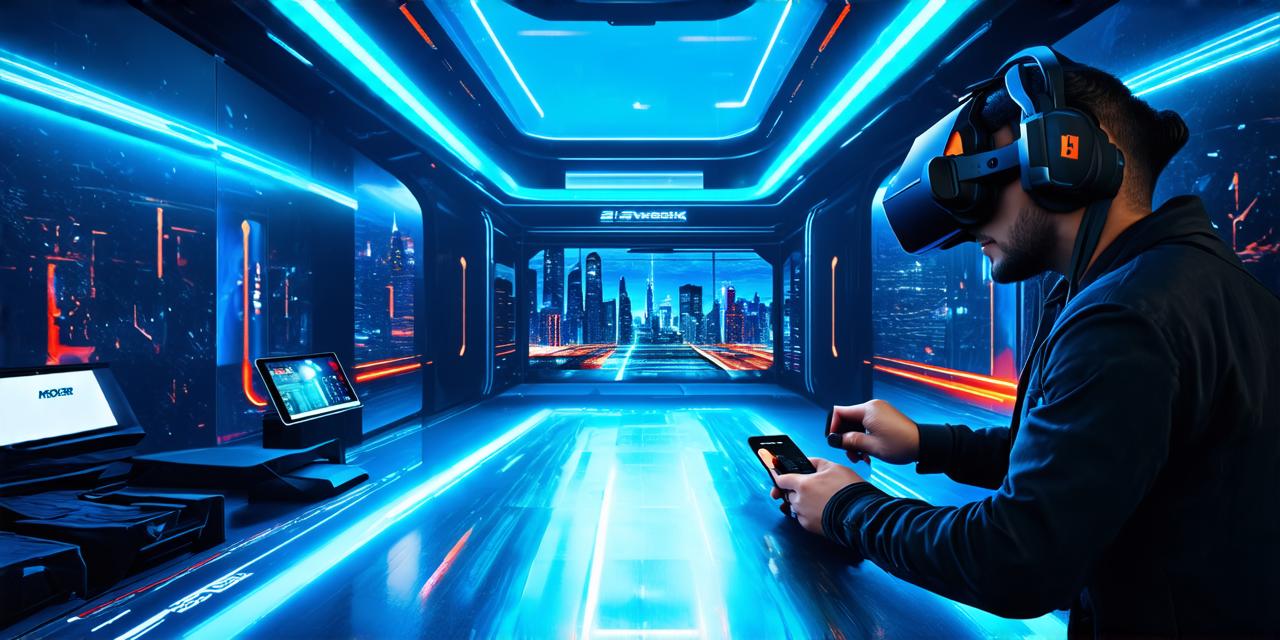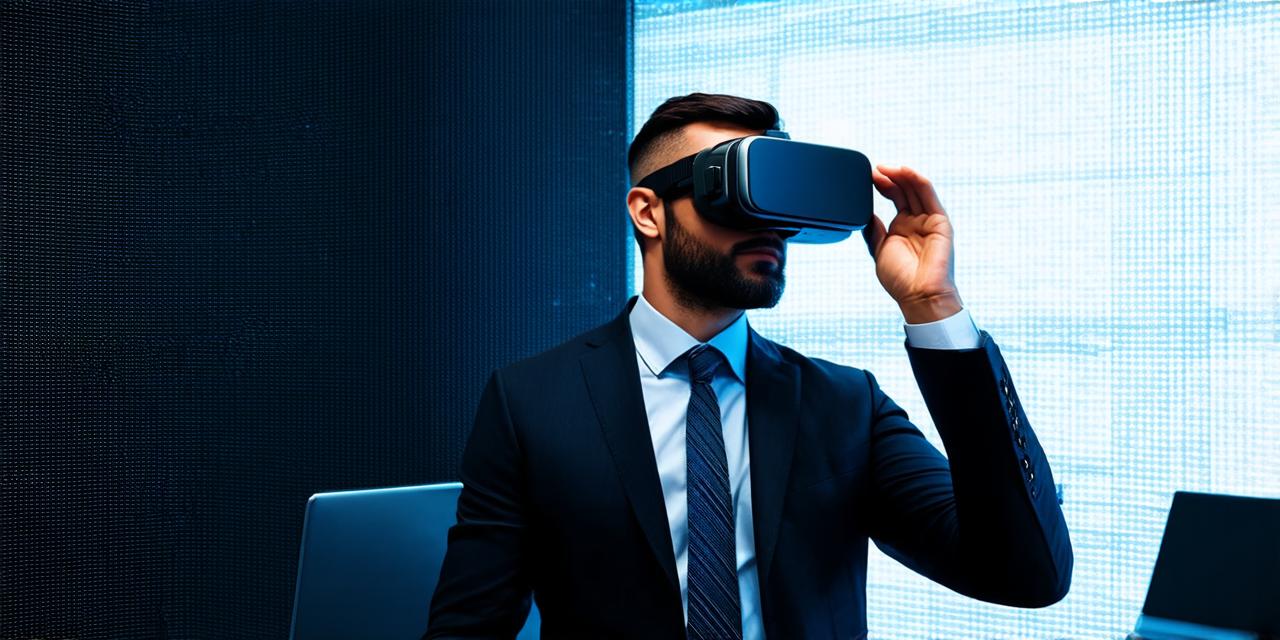Virtual reality (VR) is a rapidly advancing technology that has gained popularity as an educational tool in recent years. With its ability to create immersive and interactive experiences, VR can provide students with engaging learning opportunities that help them better understand complex concepts and improve their academic performance.
One of the main advantages of using VR in education is its ability to create highly engaging and interactive experiences. By placing students into virtual environments that simulate real-world scenarios, VR technology can help them develop a deeper understanding of key topics by allowing them to explore and interact with these concepts in ways that would be difficult or impossible to replicate in the real world.
For example, consider a history class that is studying ancient civilizations. With VR, students could virtually visit Egypt and see the pyramids and temples for themselves, learning about the culture and customs of the people who built them.
Another advantage of using VR in education is its ability to provide personalized learning experiences. By tracking each student’s progress through the virtual environment, VR technology can adjust the difficulty level of the experience to match the student’s individual needs and abilities.
This means that students who are struggling with a particular concept can receive additional support and guidance, while those who are already proficient can move on to more advanced topics at their own pace.
For example, in a language learning class, VR technology could track each student’s progress in speaking, reading, and writing, providing personalized feedback and guidance to help them improve in areas where they need the most help.
In addition to its educational benefits, VR technology also has the potential to improve students’ social and emotional development. By allowing students to interact with each other in virtual environments, VR can help them develop communication and collaboration skills that will serve them well throughout their lives.
It can also provide a safe space for students to explore complex issues and ideas without the fear of judgment or negative consequences.

For example, in a social studies class, VR technology could simulate a political debate, allowing students to practice their persuasive skills and learn about different viewpoints on a controversial issue.
However, as with any new technology, there are also some potential challenges to consider when it comes to using VR in education. One of the main concerns is the cost of the equipment needed to create and experience these virtual environments.
While the price of VR hardware has been decreasing in recent years, it can still be quite expensive for schools and individual students. This means that there may be equity issues if not all students have access to this technology.
Another challenge is ensuring that VR experiences are designed with student learning outcomes in mind. Without careful planning and design, a VR experience could be just as engaging but ultimately less effective at helping students learn.
It’s important to work closely with educators and subject matter experts to ensure that VR experiences are aligned with the curriculum and support students’ learning goals.
For example, in a science class, VR technology could be used to simulate a chemistry experiment, but if the simulation does not accurately represent real-world chemical reactions, then it may not effectively teach the concept to students.
Despite these challenges, there are already many examples of successful VR-based educational experiences in use today. For instance, the University of Maryland has used VR technology to create a virtual anatomy lab for medical students, allowing them to explore the human body in a more interactive and engaging way than traditional cadaver labs.
Similarly, the Discovery Channel has partnered with NASA to create a VR experience that allows students to explore space and learn about astronomy and physics.
In these examples, VR technology has been used effectively to support student learning outcomes and has provided an immersive and interactive experience that is not possible in traditional classroom settings.
Another example of successful VR-based educational experiences is the use of VR simulations in pilot training programs. The University of Illinois at Urbana-Champaign uses a VR simulator to train future airline pilots, allowing them to practice flying in different weather conditions and scenarios without putting themselves or others at risk.
Similarly, the US Army uses VR technology for military training, allowing soldiers to simulate real-world combat situations and develop their tactical skills in a controlled environment.
In conclusion, VR technology has many benefits when it comes to education, including creating engaging and interactive experiences, providing personalized learning opportunities, and improving social and emotional development. However, there are also potential challenges to consider, such as cost and ensuring careful planning and design. Despite these challenges, there are already many successful VR-based educational experiences in use today, and as VR technology continues to advance, it will likely lead to even more innovative and effective educational uses in the future.
